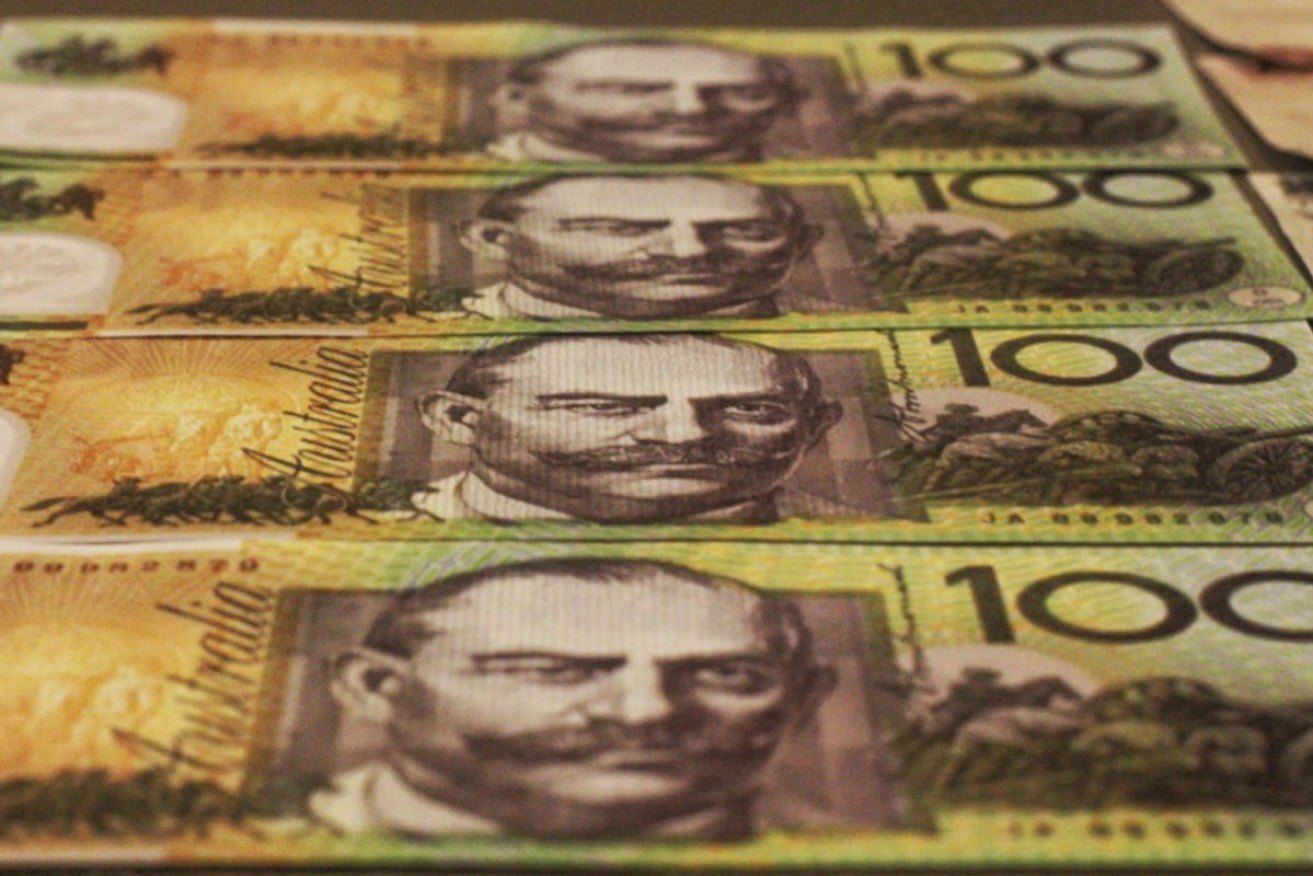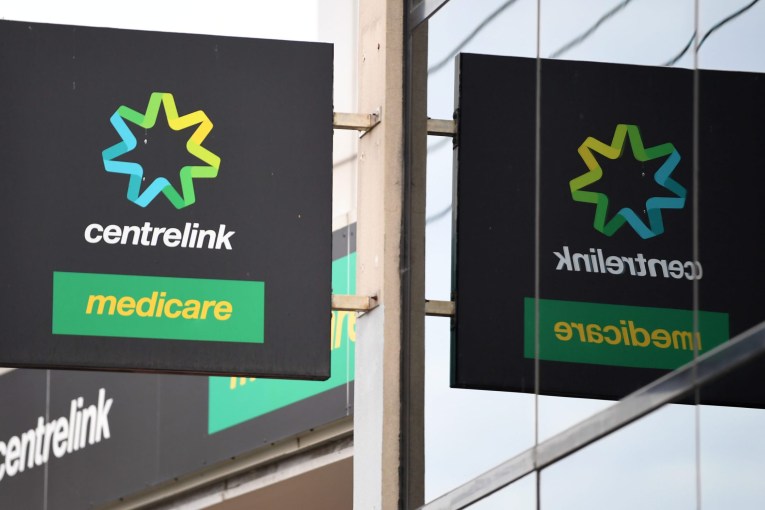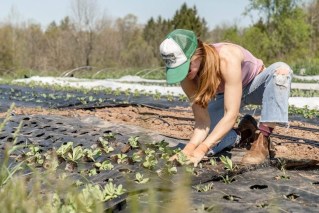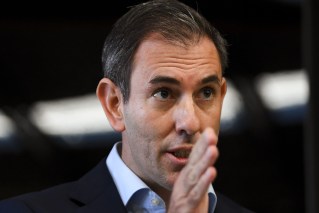Another state bank? Business fears about Labor’s recovery plan
The COVID-19 pandemic has cost the Queensland Government about $18 billion and business is split over the benefits of its strategy to move out of its worst-ever recession.


The cost of the pandemic to the Queensland Government has grown to $18 billion.
There were claims the Government looked like it was setting up a state bank and another business group said it was making a major strategic error.
Queensland Economic Advocacy Solutions economist Nick Behrens said the latest financial update from the Queensland Government showed the state’s general government gross borrowings would be $16.6 billion higher and reach $59.4 billion in 2020-21. Combined with GOCs Queensland’s public sector debt would surpass $100.7 billion.
“COVID-19’s impact on Queensland Government’s GST and other tax receipts (payroll tax, duties etc) coupled with an increase in expenditure to support the economy has delivered the two largest operating deficits in the state’s history,” Behrens said.
“The 2019-20 operating result will be a $5.9 billion deficit (the MYFER in December 2019 estimate was for a $151 million surplus) and the 2020-21 operating result will be a $8.5 billion deficit (the MYFER in December 2019 estimate was a $234 million surplus). Over the two financial years this represents a turnaround of $14.8 billion for the Queensland Government.”
But he said the best thing the Government could do was to keep the economy open and avoid another lockdown as has happened in Melbourne.
Adept Economics’ Gene Tunny was highly critical of the Government’s lack of modelling and forward estimates as well as its investment funds.
“I should say that the Backing Queensland Business Investment Fund, by which QIC will invest $500 million in small and medium businesses, could set an unfortunate precedent.,” Tunny said.
“It raises the prospect of QIC becoming a State Bank. What could possibly go wrong? Can anyone remember Tricontinental?”
The Property Council said the $1 billion in investment funding in the two funds from the Government was a mistake because a lack of capital for investment was not the issue in this recession and the money would be better spent on reducing the hurdles to investment.
“The announcement of a $1 billion fund for Government to invest in private businesses is misplaced. Rather than encouraging more private investment, this decision risks placing Government in competition with private capital,” the Property Council’s executive director Chris Mountford said.
“Whether it be removal of the foreign investor surcharges, reduction of land tax for build-to-rent, removal of stamp duty for off-the-plan dwellings, or simple acts like changing the strata title termination thresholds, there are many ways the Government could stimulate private sector activity rather than seeking to compete with it.
“A more effective approach would see a revision of those taxation and regulatory settings that are preventing major investors from choosing Queensland.”
Conus Consultancy economist Pete Faulkner has forecast Queensland would not only move out of recession by the end of September quarter but also be outperforming the nation.
However, the tourism-dependent areas such as the Gold Coast, Sunshine Coast, Cairns, Port Douglas and the Whitsundays will face a tougher climb out of recession with Faulkner’s modelling showing their economies falling by more than 11 per cent.
He said his modelling showed the national economy would have fallen by 4.8 per cent by the December quarter, which is better than forecasts from the RBA, which has projected a 6 per cent decline.
“The result in Queensland, where so far the health outcomes have been better and lock-downs far less restrictive, is much better with a year-on-year decline in Gross State Product in the fourth quarter of 2.3 per cent (less than half the fall seen nationally) and a positive quarterly result in both the third and fourth quarters,” Faulkner said.
“Again, in those areas where tourism is important we see Gross Regional Product declines much larger; Cairns, Gold and Sunshine Coasts and Whitsundays all seeing GRP declines in excess of 7 per cent year-on-year while Douglas could be as weak as 13.6 per cent down by the end of 2020.”
But even those regions should be edging back over the line into weak growth by the end of the year.












